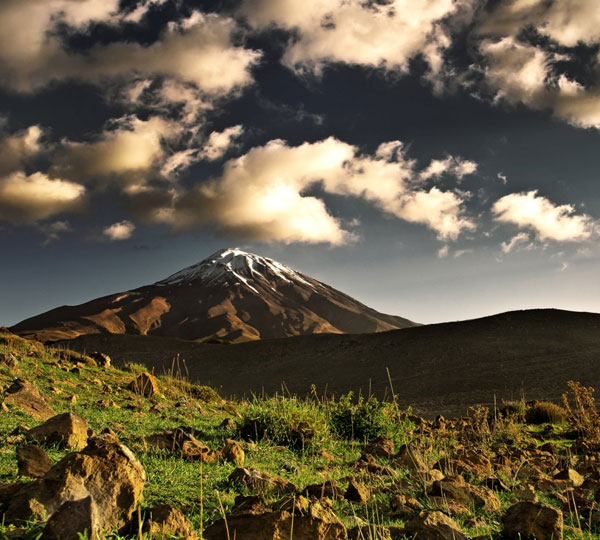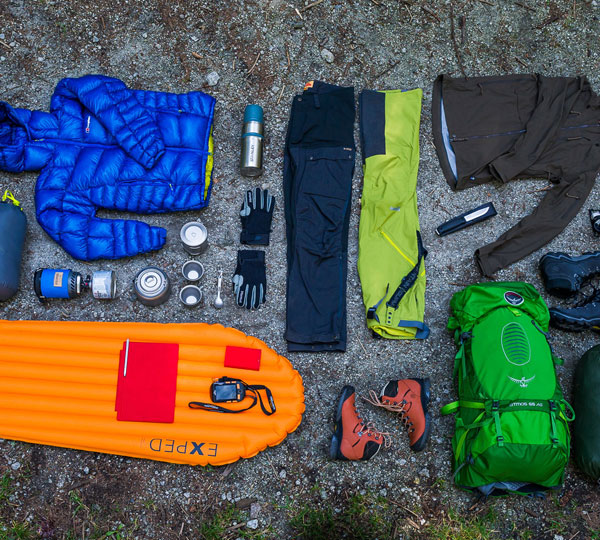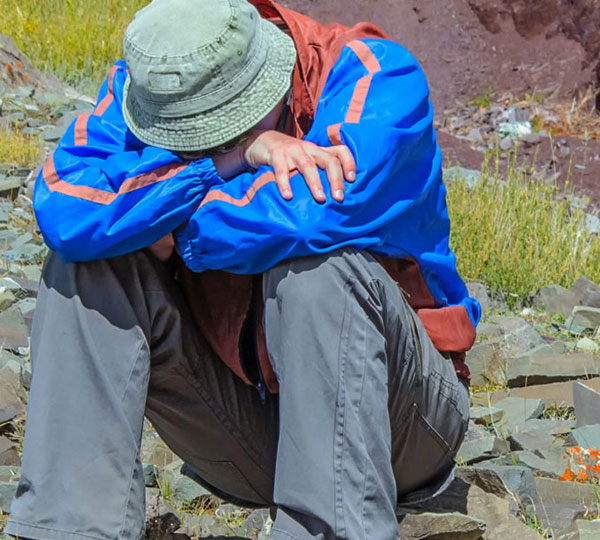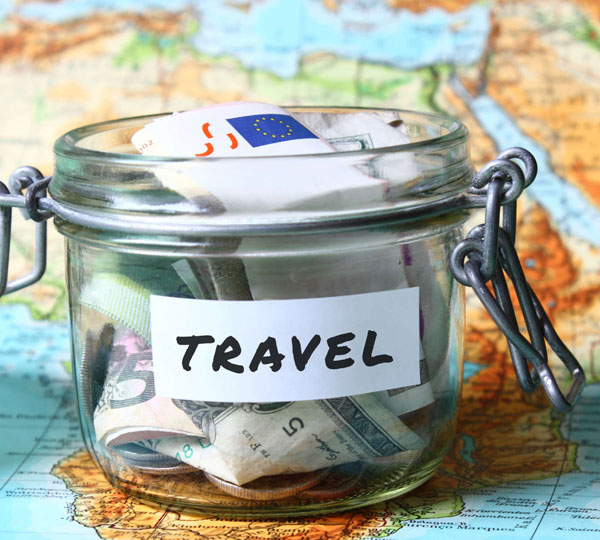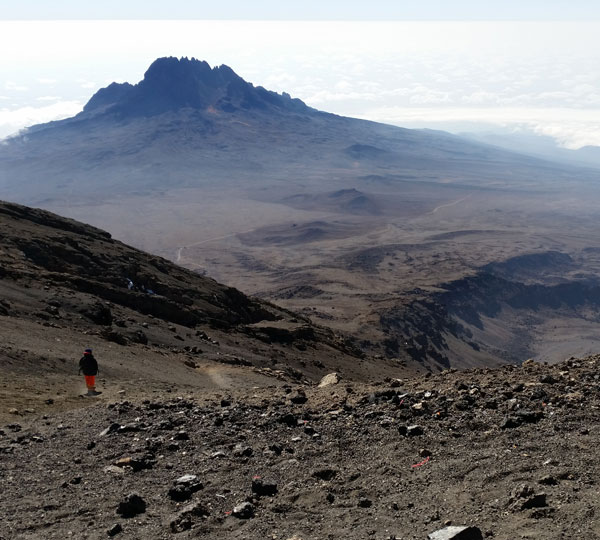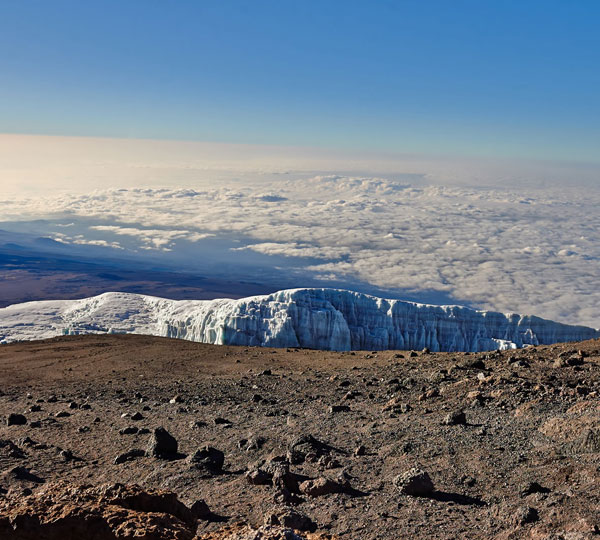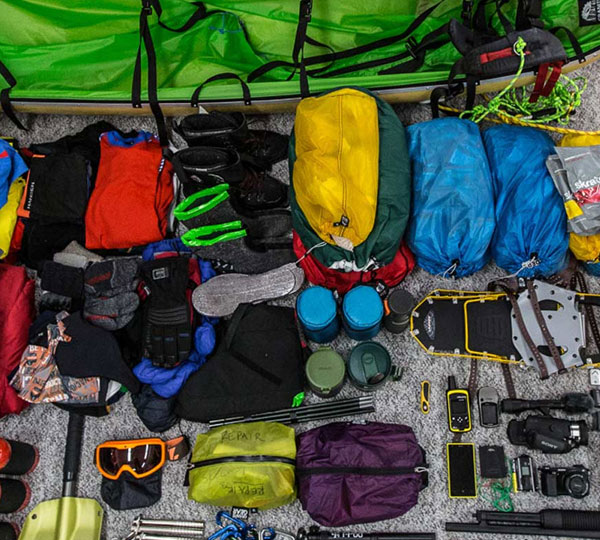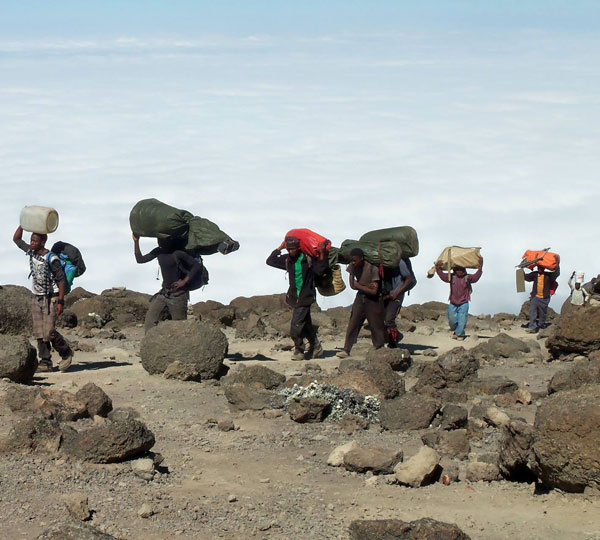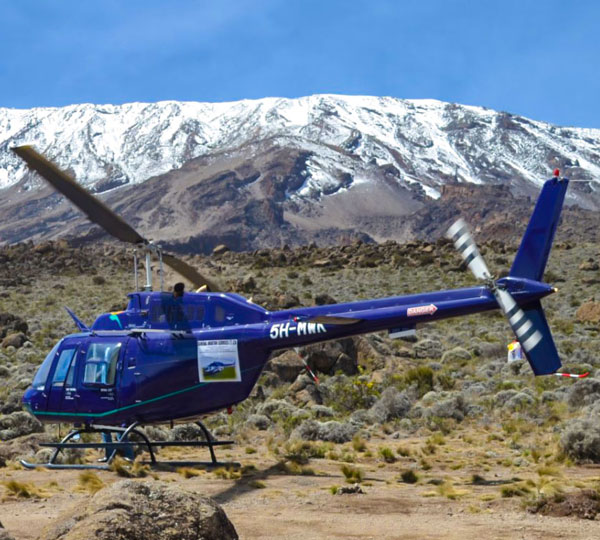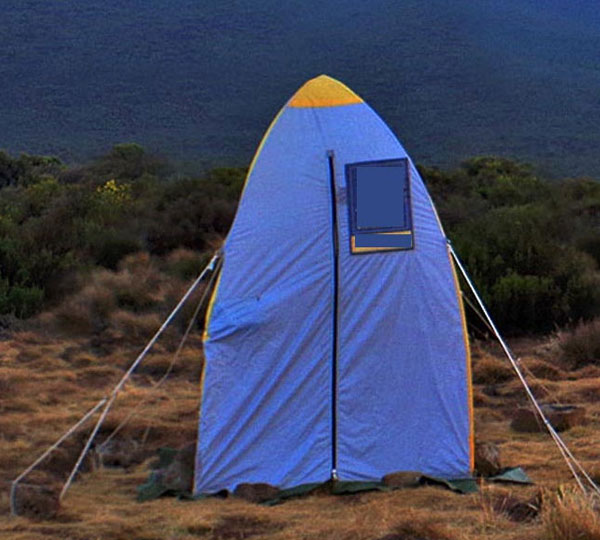
Kilimanjaro Altitude Sickness
- Home
- Kilimanjaro Trek Guide
- Kilimanjaro Altitude Sickness
Kilimanjaro Altitude Sickness

You can get altitude sickness if you travel to a high altitude too quickly. Breathing becomes difficult because you're not able to take in as much oxygen. Altitude sickness, also called acute mountain sickness (AMS), can become a medical emergency if ignored. Your age, sex, or physical fitness do not affect your likelihood of getting altitude sickness. Also, just because you may not have had it before, this does not mean you will not get it on another trip. So Kilimanjaro Altitude Sickness is a must to consider while Climbing Mount Kilimanjaro.
Symptoms Of Altitude Sickness
Symptoms of altitude sickness usually develop between 6 and 24 hours after reaching altitudes more than 2,500m above sea level.
Symptoms are similar to those of a bad hangover and include:
- headache
- feeling and being sick
- dizziness
- tiredness
- loss of appetite
- shortness of breath
The symptoms are usually worse at night.
Kilimanjaro Altitude Sickness does not only affect mountain climbers. Tourists traveling to cities that are 2,500m above sea level or higher, such as La Paz in Bolivia or Bogotá in Colombia, can also get altitude sickness. It's not possible to get altitude sickness in the UK because the highest mountain, Ben Nevis in Scotland, is only 1,345m.
Preventing Altitude Sickness
The best way to prevent getting altitude sickness is to travel to altitudes above 2,500m slowly. It usually takes a few days for your body to get used to a change in altitude.
You should also:
- Avoid flying directly to areas of high altitude, if possible
- Take 2 to 3 days to get used to high altitudes before going above 2,500m
- Avoid climbing more than 300m to 500m a day
- Have a rest day every 600m to 900m you go up or rest every 3 to 4 days
- Make sure you're drinking enough water
- Avoid smoking and alcohol
- Avoid strenuous exercise for the first 24 hours
- Eat a light but high-calorie diet





